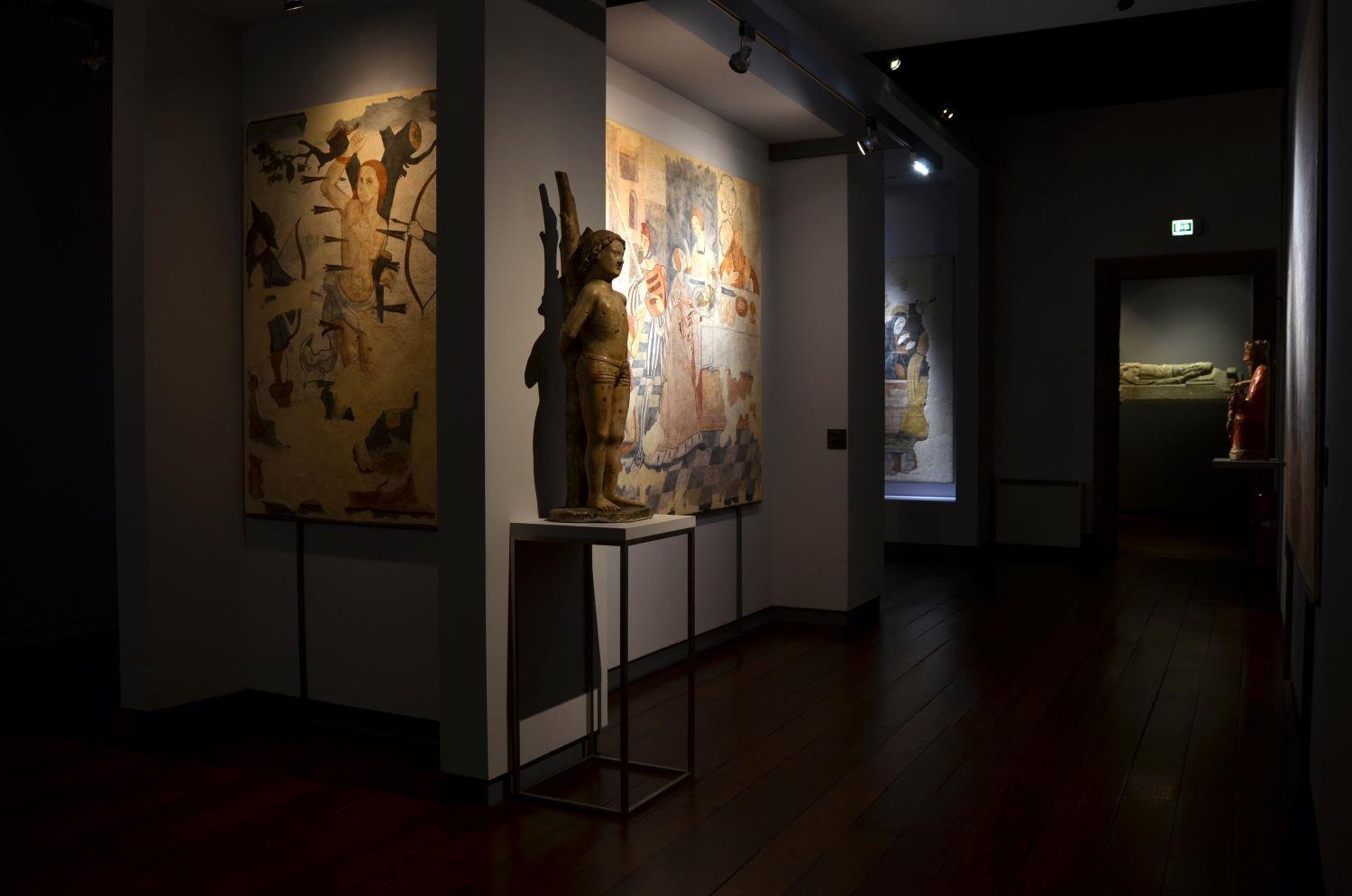Alberto Sampaio Museum

Open: Tuesday to Sunday 10 a.m- 6 p.m
Closed: Monday; 1st January; Easter Sunday; 1st May; 25th December; 24th June (municipal holiday)
Residents in Portugal can enjoy 52 days of free entry per year to museums, monuments, and palaces, on any day of the week. Learn more at museusemonumentos.pt | Access 52 tickets cannot be issued through this online ticket office. Please request them at the physical ticket office of one of our Museums and Monuments.
The Alberto Sampaio Museum is located in the historical centre of Guimarães, where, in the 10th century, Countess Mumadona Dias ordered the construction of a monastery, which in the 12th century gave way to a Collegiate Church and a Museum in the 20th century, created to house the artistic heritage of the former Collegiate Church of Nossa Senhora da Oliveira and of other churches and convents of Guimarães.
Diverse, yet coherent and homogeneous in quality, the collection includes sculpture, carving, painting, ceramics, textiles and goldsmithing.
The 16th century painting nucleus stands out, especially the fresco "The beheading of St. John the Baptist", the "Lamentation Triptych" and the "Nursing Madonna between St. Bento and St. Jerome", the three attributed to the unappreciated "Master of Guimarães".
The Alberto Sampaio Museum also has the loudel in its custody, the military garment of incalculable historical value that King John I wore in the battle of Aljubarrota (1385) and donated to the Collegiate of Santa Maria da Oliveira. The same monarch also gave a magnificent silver-gilt triptych representing the Nativity cycle, which today forms part of the Museum's exceptional collection of liturgical goldsmithing, with examples from the 12th to the 19th century.
We look forward to your visit!